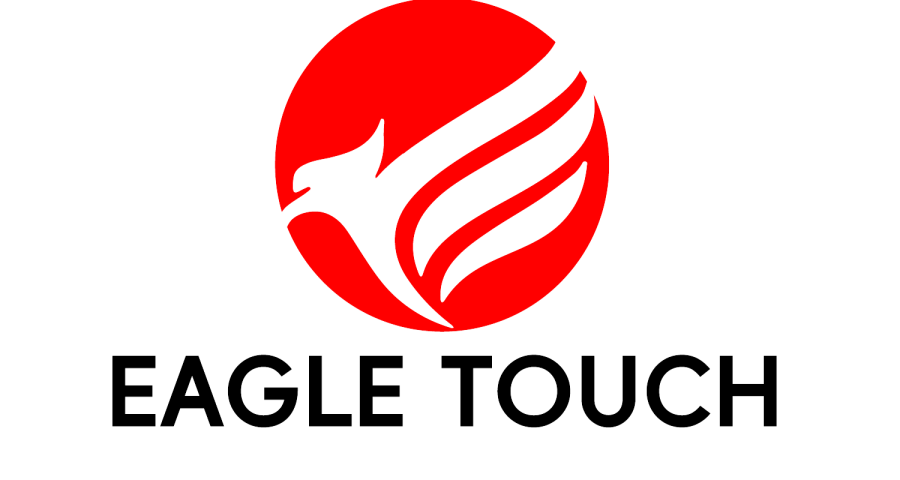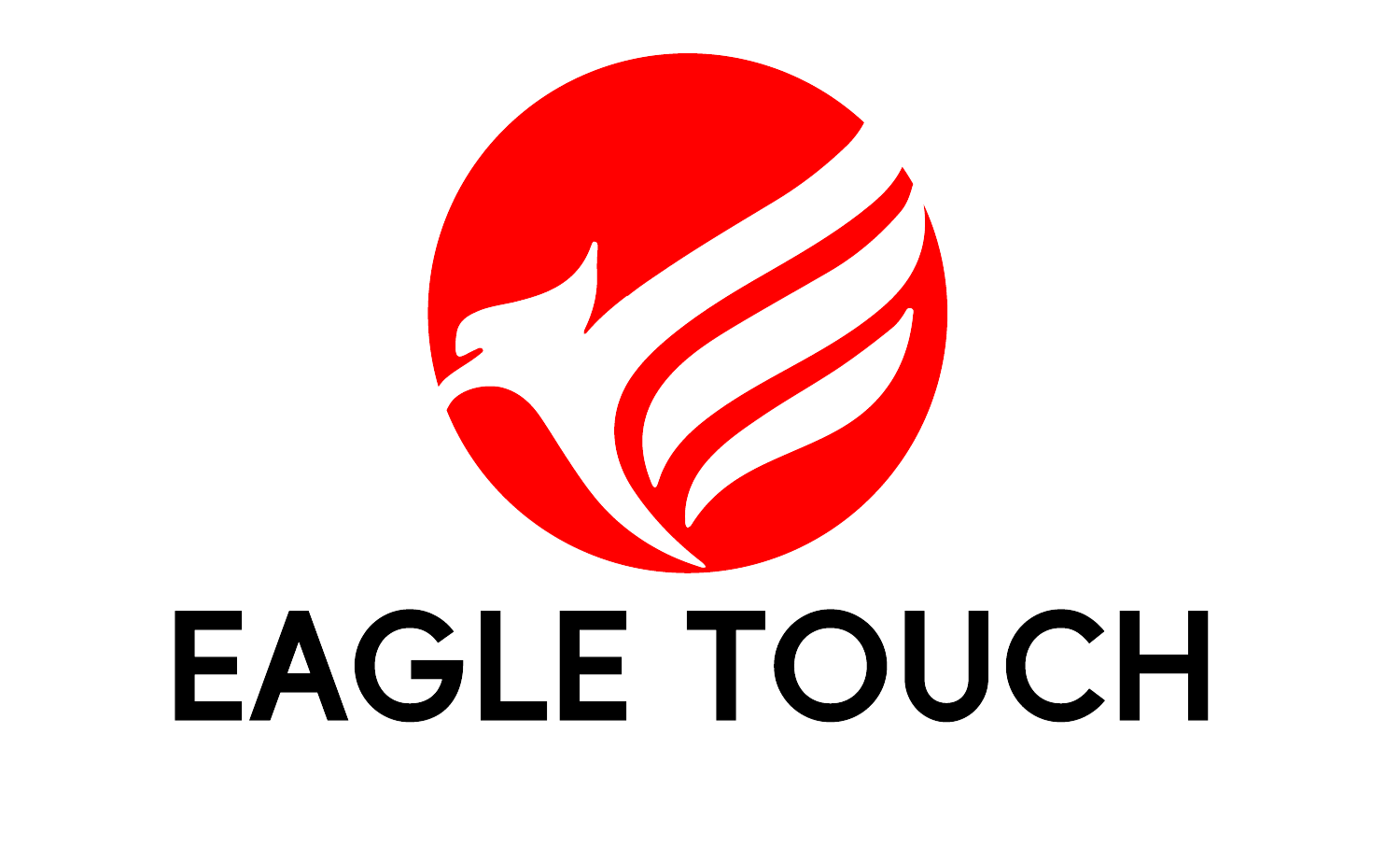
Introduction:
Touch screen technology has become a staple in our daily lives, from smartphones to industrial equipment. Central to this technology’s effectiveness and durability is the touch screen cover glass. It’s more than just a protective layer; it’s a key component in the functionality and longevity of touch screen devices.
What is Touch Screen Cover Glass?
Cover glass, also known as Cover Lens or protective glass, is extensively used in electronic devices with touch capabilities like smartphones and tablets. It is applied to the front screen and back cover, providing essential functions like anti-fall, scratch resistance, pressure resistance, high-temperature endurance, LCD protection, and aesthetic enhancement.
Touch screen cover glass is the top layer that you interact with on devices like phones and tablets. It’s different from the layers that detect your touch. This glass plays a vital role in protecting the device from damage and ensuring clear visibility and responsive touch.
Advanced Glass Production Techniques:
- The cover glass industry has evolved with sophisticated production techniques. There are two main methods: the overflow method and the float method.
- In the overflow method, the surface of the original glass piece doesn’t contact other interfaces during production, allowing the final product to maintain high strength without the need for grinding or polishing, thereby improving product yield.
- The float method, more mature in technology, offers high production capacity and lower costs. It can produce large glass sizes and is known for its cost advantage, although it has lower production stability compared to the overflow method.
Types of Cover Glass:
- Corning Gorilla Glass: This glass is a favorite in phones and tablets. It’s really tough and keeps your screen safe from scratches and cracks. It’s strong but also thin, so it doesn’t make your device bulky.
- Asahi Dragontrail Glass: Very similar to Gorilla Glass, Dragontrail is also strong and scratch-resistant. It’s used in many electronic devices because it’s durable and keeps screens looking new for longer.
- Sapphire Crystal Glass: This is like the luxury version of cover glass. It’s super scratch-resistant – so much so that only diamonds can scratch it! It’s mostly used in high-end products like fancy watches or premium phones. It’s more expensive, but if you want top-notch clarity and protection, this is your pick.
- Schott Aluminosilicate Glass: This type is strong and light, a good choice if you’re looking for something durable that won’t weigh down your device. It’s especially good for devices that might get knocked around a bit.
- Soda-Lime Glass: If you’re on a budget, soda-lime glass is a cost-effective choice. It’s not as tough as the other types, but it does the job for devices that don’t need super-strong glass.
- Borosilicate Glass: This glass is great for dealing with temperature changes. It won’t crack if it gets hot or cold too fast, which is perfect for devices used outdoors or in different environments.
- PMMA (Acrylic) and Polycarbonate: These aren’t glass but plastics. They’re not as scratch-resistant as glass, but they’re really good at not breaking upon impact. They’re lighter too, which makes them a good choice for larger screens or devices where weight is a concern.
Functionalities and Treatments of High-Quality Cover Glass:
Scratch Resistance:
This is all about keeping the glass free from scratches. The harder the glass, the less likely it is to get scratched by keys, coins, or other rough objects. Scratch-resistant glass keeps your screen looking new and clear for longer.
Durability: This refers to how well the glass can withstand wear and tear over time. Durable glass doesn’t just resist breaking; it also stands up to everyday bumps and knocks, keeping your screen safe.
- Clarity: High-quality cover glass is designed to be crystal clear, ensuring that everything on the screen looks sharp. Good clarity means vibrant colors and crisp images, making everything you do on your device more enjoyable.
- User Experience Enhancement: Quality cover glass feels smooth to the touch, responds well to touch commands, and maintains the brightness and color accuracy of the screen, all of which contribute to a better user experience.
- Surface Treatments:
- Anti-Glare (AG): This treatment reduces the glare from sunlight or bright lights, making it easier to see the screen in bright conditions.
- Anti-Reflective (AR): AR coatings minimize reflections on the screen, reducing eye strain and making the display more readable in various lighting conditions.
- Anti-Fingerprint (AF): This coating helps to keep smudges and fingerprints off the glass, keeping your screen cleaner and clearer.
- Antibacterial: Some cover glasses come with antibacterial coatings to reduce the presence of germs on the screen, a feature especially important in public touchscreens or healthcare settings.
- Explosion-Proof Glass and Grades: Explosion-proof glass is designed to withstand high impacts without shattering. The glass has different grades or levels, indicating how much force it can absorb without breaking.
- Thickness Selection: The thickness of the glass affects both its strength and weight. Thicker glass usually offers better protection, but it can also make the device heavier. The choice depends on the device’s intended use and design requirements.
- Shape Customization:
- Curved Glass: For a sleek, modern look and ergonomic feel, curved glass is used in many contemporary devices.
- Rounded Edges: These provide a smooth, safe touch experience.
- Right Angles and Irregular Shapes: For specific design needs, cover glass can be cut into various geometric or irregular shapes.
- Hole Drilling:
- Through Holes: These are holes drilled completely through the glass for components like camera lenses or buttons.
- Blind Holes: These are partial holes that do not go all the way through the glass, used for aesthetic or functional purposes.
- Surface Silkscreen Printing: This process applies designs or colors directly onto the glass surface. It can be used for branding, instructions, or simply to add a unique touch to the device’s appearance.
Cover Glass in Different Industries:
- Consumer Electronics (Smartphones, Tablets, and Laptops):
- In devices like phones and laptops, cover glass needs to be very clear and responsive to touch. It’s also important that the glass is strong enough to protect the screen from drops and scratches, as these devices are often carried around and used daily.
- Thinness is also a key factor for these devices, as it helps in making them lightweight and easy to handle.
- Automotive Industry (Car Displays and Navigation Systems):
- In cars, the cover glass for displays and navigation systems needs to handle a lot of sunlight without causing glare that could distract the driver. It also needs to be tough enough to withstand the vibrations and temperature changes that come with being in a vehicle.
- Visibility is crucial in automotive displays, so anti-reflective and anti-glare treatments are often used on the glass.
- Industrial Equipment (Machinery Control Panels, ATMs):
- In an industrial setting, cover glass is used in machinery control panels and other devices. Here, the glass needs to be very tough because these devices often operate in harsh conditions, like extreme temperatures or exposure to chemicals.
- For equipment like ATMs, the glass needs to be strong to prevent vandalism or break-ins, in addition to being clear and responsive for user interactions.
- Healthcare Devices (Medical Monitors, Touchscreen Interfaces in Hospitals):
- In healthcare, cleanliness is key. This is why antibacterial coatings on cover glass are important in medical devices and touchscreens used in hospitals.
- Durability and clarity are also important in this sector, as medical professionals rely on these devices for accurate information and ease of use.
- Retail and Hospitality (Point of Sale Systems, Information Kiosks):
- In retail and hospitality, touch screens are often used in point-of-sale systems and information kiosks. The cover glass in these devices needs to be able to handle a lot of touches by different people, making durability and ease of cleaning important factors.
- Aesthetics can also be important in these settings, so the glass often has a sleek, modern look.
Conclusion:
Choosing the right cover glass is crucial in making sure our touch screen devices work well and last long. Whether it’s a smartphone, a car’s navigation system, or an ATM, each device needs a type of glass that suits its specific use. From being super strong to resist scratches and drops, to having special coatings for better visibility and hygiene, the right cover glass makes all the difference. It’s not just about protecting the screen; it’s about enhancing our experience with the device. As technology advances and we become more environmentally conscious, the world of cover glass is evolving too, offering us better and more sustainable options. Understanding these options helps us make smarter choices, whether we’re designing new gadgets or just using them in our daily lives.




